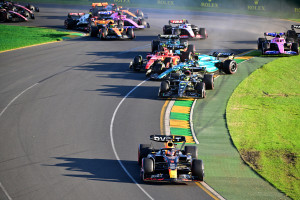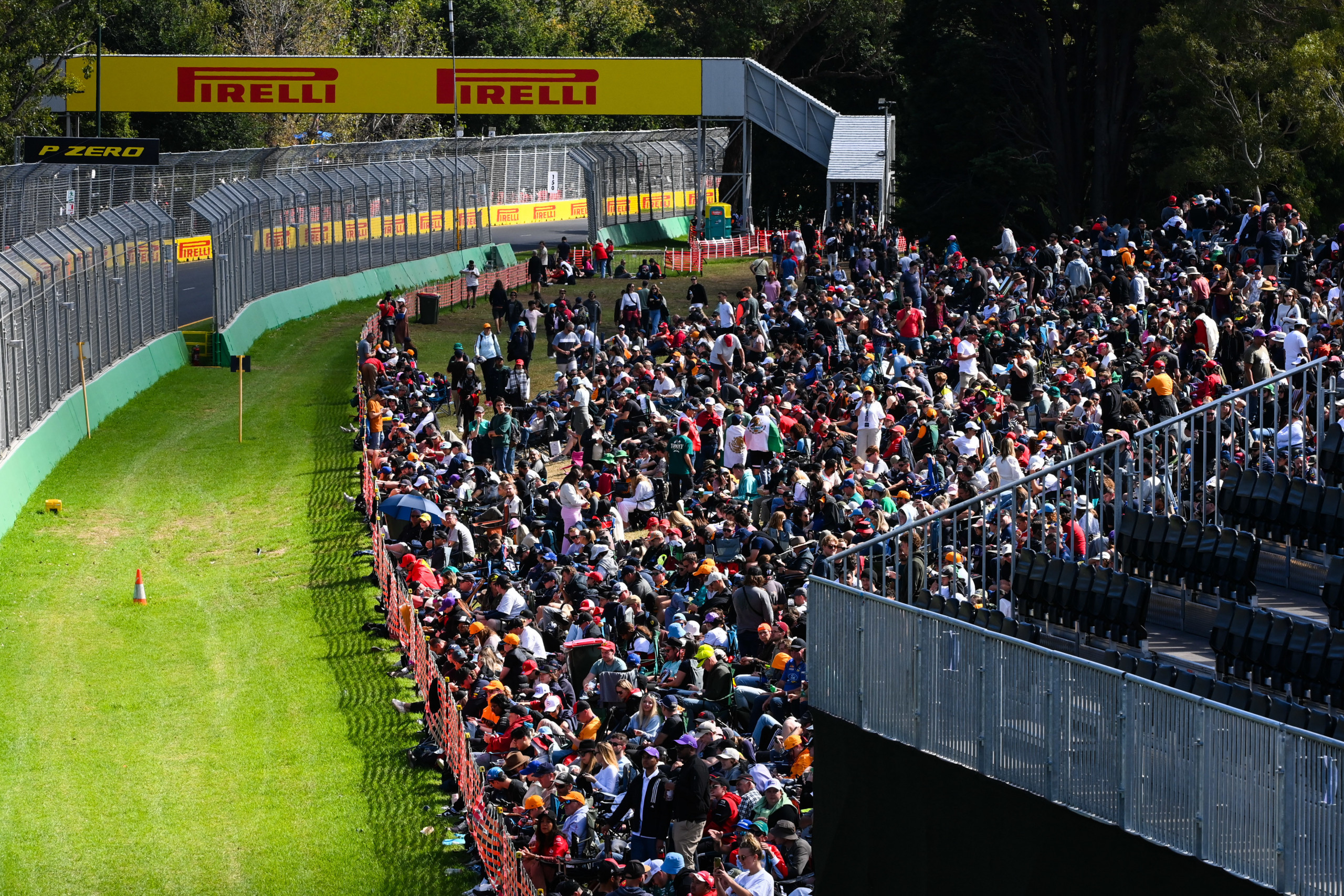First things first, sport is meant to be entertaining. The unpredictability, the drama, and the displays of skill and athleticism are all reasons why we watch it.

Sometimes Formula One falls short on the first two, hence the introduction of the budget cap, sprint races and many other rule changes brought in over the years in an attempt to ‘spice up the racing’. How ironic it is that on the weekend where Michael Masi returned to the F1 paddock for the first time since Abu Dhabi 2021, the talk is once again about how the rules have been applied in ways they weren’t intended – and the debate on how far Formula One should go to supply entertainment reignited once again.
It looked like the race was heading to a very predictable conclusion, with Max Verstappen cruising to victory, as Lewis Hamilton looked to be doing just enough to hold on to second from Fernando Alonso. That predictability was shattered, however, when Kevin Magnussen lost a tyre after hitting the wall. The Dane pulled off-track, but with his left rear stricken on the racing line, people’s thoughts understandably turned to a virtual, or even a full, safety car. This was initially the case before the decision was made to red flag the race, as the amount of debris on the circuit would have led to the race finishing under the safety car.
Many drivers voiced their astoundment at this decision, both during and after the race. There had already been one red flag, after Alex Albon had crashed out, in another situation where it seemed like a safety car would be sufficient. This second stoppage meant there would only be two laps of racing action left, effectively giving fans a super short sprint race. Which turned out to last less than a sector, with three accidents before turn three leading to a final stoppage, and the race finishing under the safety car – exactly the scenario that the race directors were trying to avoid.
The red flag led to what could be known as ‘Schrodinger’s lap 56’. On the one hand, the lap never happened, as the final restart was carried out using the positions from the end of lap 55. On the other hand, both Alpines, Nyck de Vries and Logan Sargeant had been eliminated from the race in the chaos, with Carlos Sainz receiving a 5-second penalty for spinning Alonso, even though the Aston Martin had now technically lost nothing in the spin. In normal situations, a 5-second penalty is annoying, but this penalty effectively equalled a disqualification, dropping Sainz to the back of the field with no chance of recovery.
Raw emotions from Carlos Sainz 😩#AusGP #F1 pic.twitter.com/snsErM9nGA
— Formula 1 (@F1) April 2, 2023
Of course, safety has to come first in Formula One, and the safest way of clearing up debris after an accident is ensuring that no cars can come near the marshals, hence the need for safety cars and red flags. But the amount of red flags and safety cars in recent seasons has led to rumblings that they are used as a tool to close up the pack and inject excitement into races which seems a foregone conclusion. This alone isn’t a bad thing, as long as it is clear when this is going to happen, so viewers, drivers and teams aren’t left guessing what decision the FIA will make today. Team bosses made comments in a similar vein, with Christian Horner and Toto Wolff being in rare disagreement that they want to see races finish under a green flag, but it should be clear what the procedure is with late-race incidents.
Fans want to be left on the edge of their seats by what they are seeing out on track. If it feels necessary to stop a race to add to that excitement, then perhaps the sport has bigger problems that no amount of flag-waving will solve.

Leave a Reply